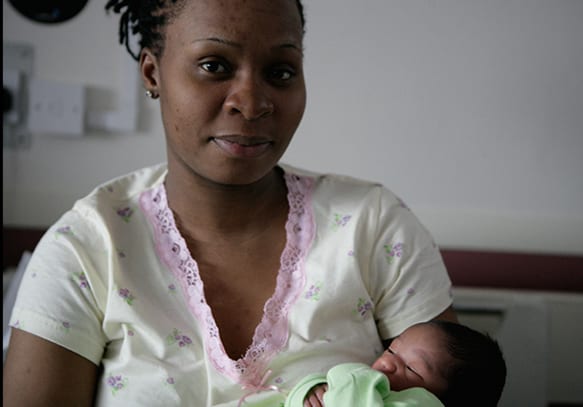Skin-to-skin contact
When should you have skin-to-skin and what are the benefits?
Having skin-to-skin contact with your baby straight after you have given birth will help to keep them warm, calm, steady their breathing and allow them to adjust to the outside world. This should last at least until after the first feed but for at least an hour. The first feed regardless of how you chose to feed your baby, should be offered in skin-to-skin by you (the parent who has given birth). If skin-to skin for at least an hour isn’t possible immediately at birth or is interrupted, then start and maintain skin-to-skin as soon as possible.
If your baby is delivered by caesarean, you should still be able to have skin-to-skin contact with your baby straight after delivery.
Ideally at birth until after the first feed, baby should be in skin-to-skin with you (the parent who has given birth). Following that, it is very beneficial for your partner to have skin to skin contact with baby too. It will help your partner and baby bond and help develop their relationship.
Skin-to-skin contact is good at any time. It can be a bonding experience for you and your baby. It will help to comfort you and your baby over the first few weeks and months as you get to know each other. It also helps your baby attach to your breast using their natural crawling and latching-on reflexes.
The way a baby is parented can have a long-term impact on his/her development. When babies are brought up in loving, nurturing environments they are more likely to become confident and secure adults. We encourage parents to think about their baby’s need for closeness, comfort and love and we want to reassure you that responsive parenting will not make babies spoilt or clingy and can have positive effects that last a lifetime.
This video explores skin-to-skin contact, a practice at the heart of the Baby Friendly standards which supports feeding and relationship-building:






